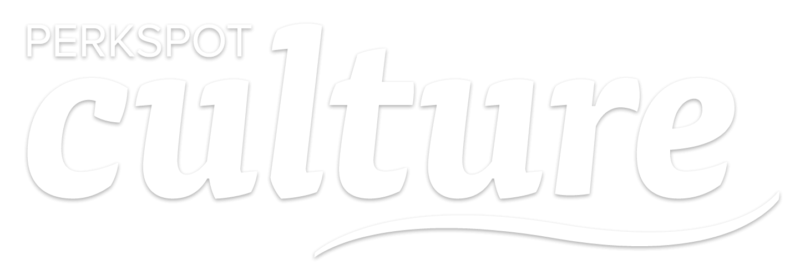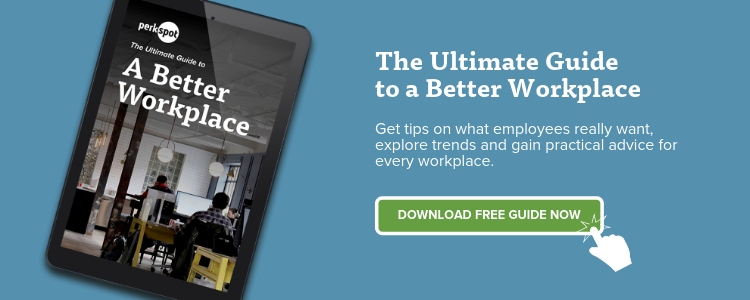Is March Madness the Morale Boost Your Office Needs?
If your office is anything like ours, then the topics of busted brackets and buzzer beaters have probably taken over. That’s right – It’s March Madness!

It’s a popular myth that March Madness is a productivity killer for office places, but a large majority of employees said they didn’t believe they were any less productive during the three weeks of beloved basketball games. Plus, we learned last year that we can actually learn a lot of lessons from the tournament, like a sense of teamwork and pride in one’s accomplishments. But what if we told you there’s a way to make March Madness a morale booster at your office? It’s possible, and all you have to do is follow these 3 simple steps.
1. Wear Team Apparel
Everyone’s got their favorite team they love to root for (or against). Encourage employees to show their colors during the tournament. Maybe it’s your alma mater, the school you rooted for as a young child, or maybe you just really love the mascot – we’re looking at you, Peter the Anteater. No matter what you wear, this is a great way for employees to get a glimpse of a more personal side of one another that isn’t always seen in the office. Plus, it can inspire conversation among employees who might usually not interact as often. After all, nothing brings people together like their shared love (or hate) for a team.
2. Host a Competition
There’s nothing better than a little bit of friendly competition throughout the office, so consider creating a competition that employees can participate in. Fun ideas like a bracket or office pool that’s open to the entire company can garner lots of excitement. Not to mention, 89% of employees said taking part in a competition like this makes them more excited about coming to work each day. Before you get too far, be sure that any competition you manage in the office abides by all state and federal laws, as well as your own company policy. Avoid monetary prizes and sweeten the pot in other ways. Office swag, a paid lunch, and of course, bragging rights until next year are all great prizes!
3. Organize an Activity
As much as we don’t want to admit it, March Madness might mean an employee spends a few minutes each day checking the scores or following a game here or there. But there’s also a great opportunity with an event like this to drum up a sense of camaraderie among employees. Try organizing an activity or two outside of the office that brings all the employees together and gives them a chance to bond over something other than work. This can create stronger relationships between coworkers, which in turn leads to better engagement and productivity in employees.
Dealing with the event of March Madness can be a struggle for HR professionals. It’s a delicate balance between creating an enjoyable work environment for employees while also making sure their work gets done. But it’s also a fantastic opportunity to boost morale, productivity, and engagement. Give this guide a try and bring the madness to your office this year!















